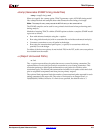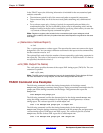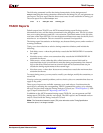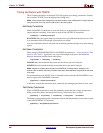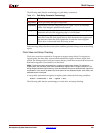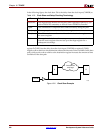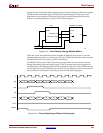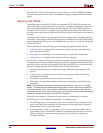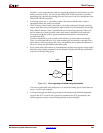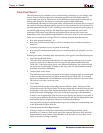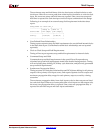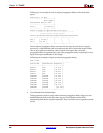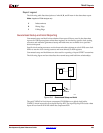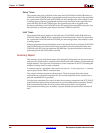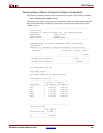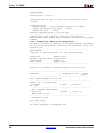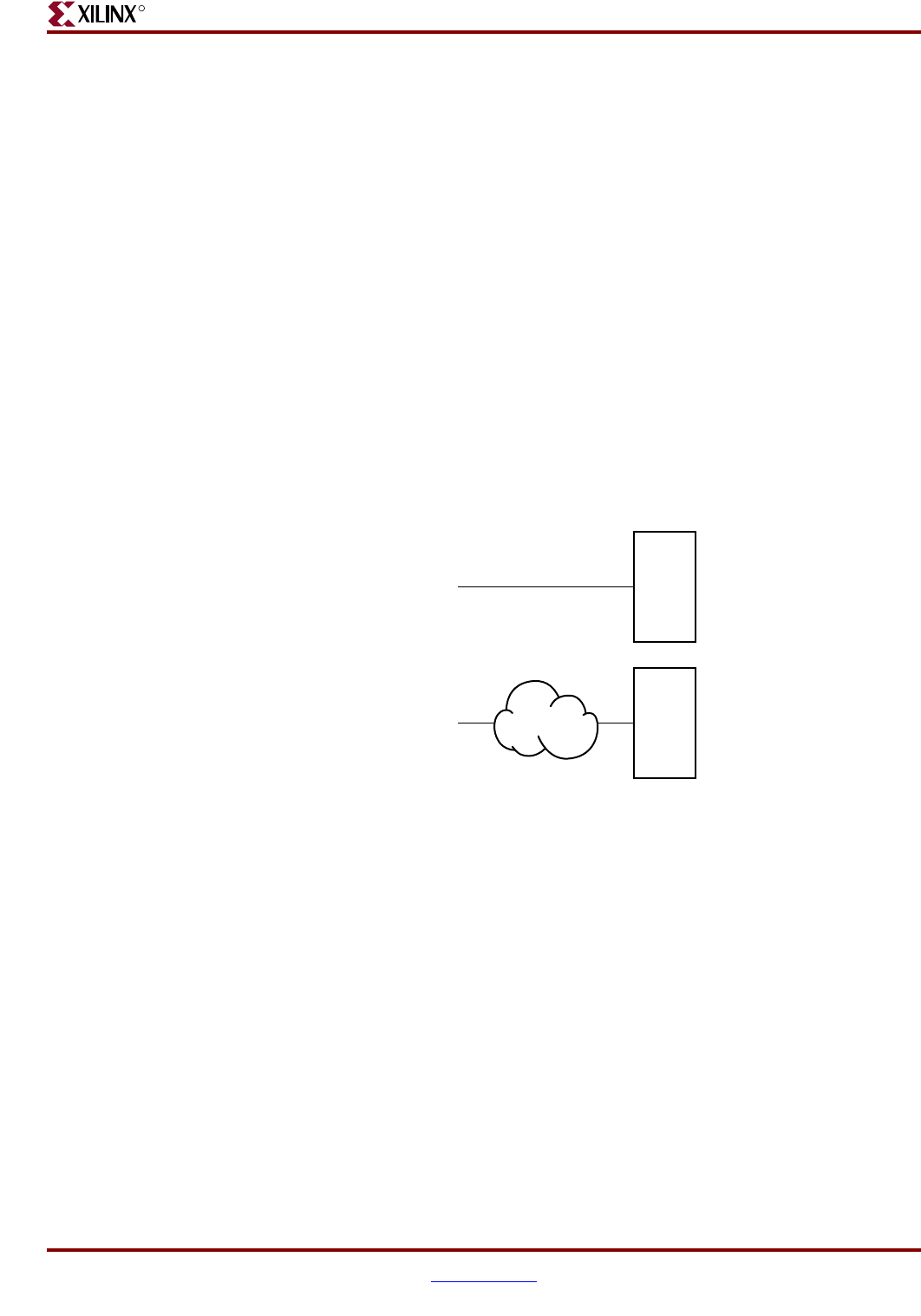
Development System Reference Guide www.xilinx.com 225
TRACE Reports
R
The tilde (~) also means that the path may exceed the numerical value listed next to the
tilde by as much as 20%. You can use the PENALIZE TILDE constraint to penalize
these delays by a specified percentage (see the Constraints Guide for a description of the
PENALIZE TILDE constraint).
• In a timing report, an “e” preceding a delay value shows that the delay value is
estimated because the path is not routed.
• TRACE detects when a path cycles (that is, when the path passes through a driving
output more than once), and reports the total number of cycles detected in the design.
When TRACE detects a cycle, it disables the cycle from being analyzed. If the cycle
itself is made up of many possible routes, each route is disabled for all paths that
converge through the cycle in question and the total number is included in the
reported cycle tally.
A path is considered to cycle outside of the influence of other paths in the design.
Thus, if a valid path follows a cycle from another path, but actually converges at an
input and not a driving output, the path is not disabled and contains the elements of
the cycle, which may be disabled on another path.
• Error counts reflect the number of path endpoints (register setup inputs, output pads)
that fail to meet timing constraints, not the number of paths that fail the specification,
as shown in the following figure.
If an error is generated at the endpoints of A and B, the timing report would lists two
errors—one for each endpoint.
• In Virtex-II designs, the MAP program places information that identifies dedicated
clocks in the PCF. You must use a physical constraints file (PCF) generated by the
MAP program to ensure accurate timing analysis on these designs.
Figure 12-5: Error reporting for failed timing constraints
X8630
9 paths
A
1 path
B



